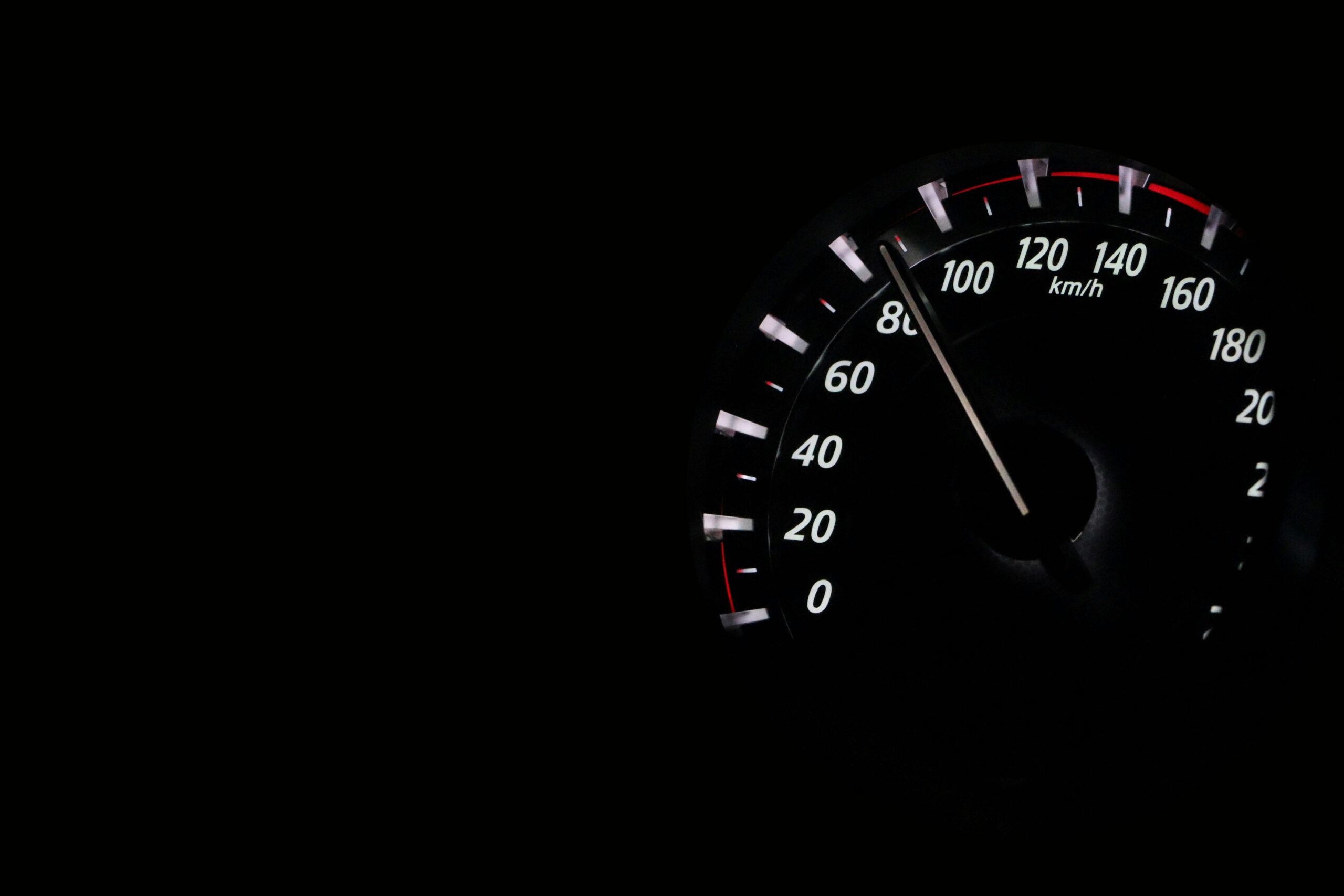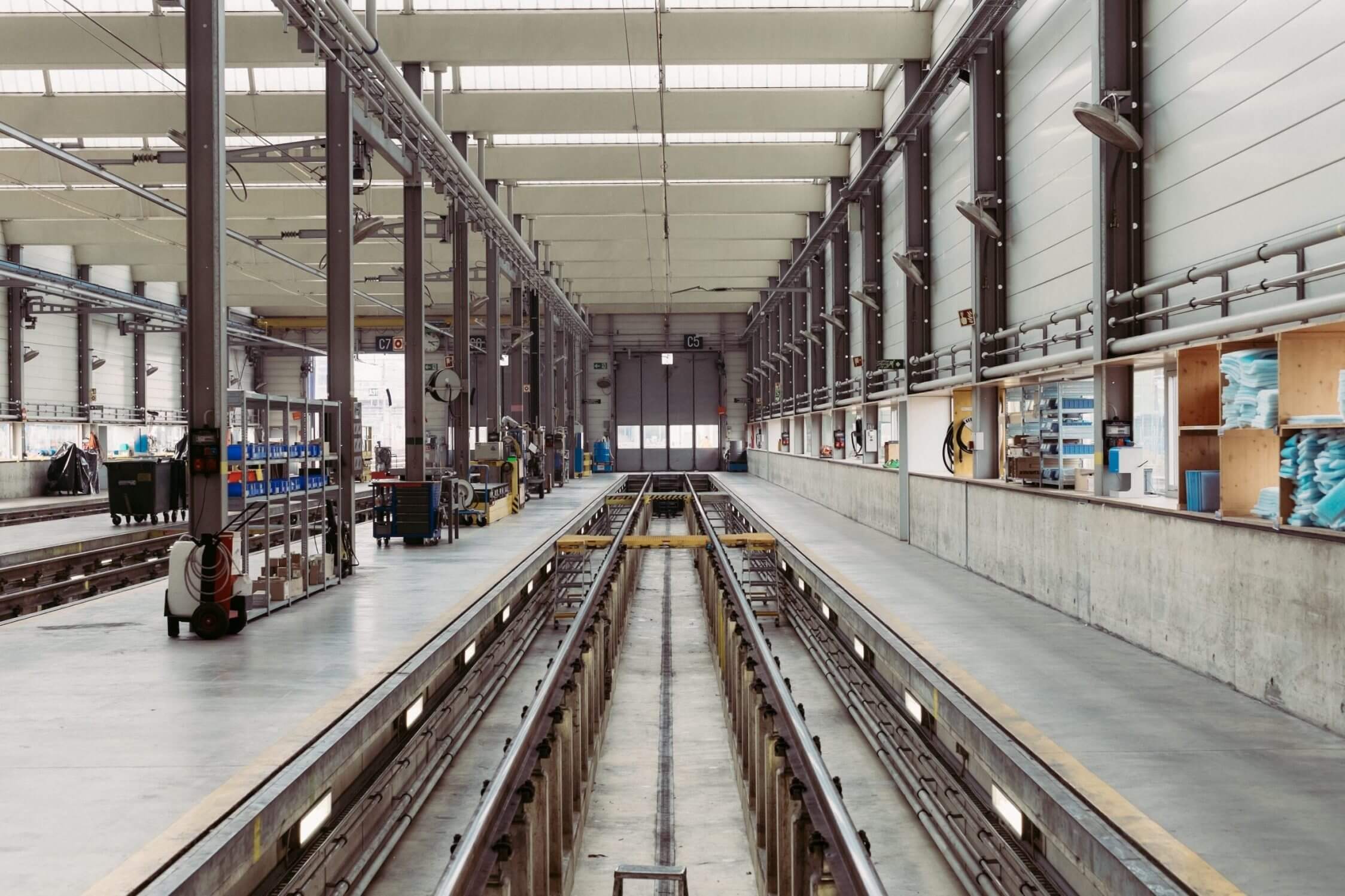When we’re putting together a new website for a client, or looking into where we can make improvements, one of the stats we look at is bounce rate. This is simply the proportion of visitors who leave your website after only viewing one page. They’ve turned up on your site, seen one thing and decided to “bounce” right off. It may not be the headline figure you look for when checking in on your analytics, but it can provide justification for making changes to specific pages on your website or marketing.
What’s a bad bounce rate?
A bad bounce rate will depend on your website, what pages people are landing on and your industry. Generally speaking up to 60% is acceptable. Higher than that is starting to get a little worrying. Of course you still need a bit of data for this figure to be reliable, if you are only getting 5 or 10 visitors a month to your website, bounce rate probably shouldn’t be your top priority. We’ve launched websites that have dropped the bounce rate from around 70% to the low 20s, so we think that is a reasonable goal to work towards in the long run.
What causes a high bounce rate?
There are a few different things which can all contribute towards a bad bounce rate and send visitors ricocheting off into the internet ether. Mostly we use a high bounce rate as an indication that people don’t like what they find when they land on your website. Here are a few of the common issues we find. We know that these can be the issue because when we’ve fixed them, the bounce rate improves.
Not responsive
More than half of internet traffic is now from mobile devices. Not only to most people browse the internet on their phones, they also expect websites to accommodate this. Gone are the days when people will spend valuable seconds zooming in and scrolling to read a bit of text that doesn’t automatically fit to a phone screen. Google Analytics helpfully shows you separate bounce rates for mobile and desktop users, so this may reveal if a lack of mobile responsiveness is loosing you customers.
Slowly does it
If your website is slow at loading people may not even hang around long enough to view the page. As hardware and internet speeds have increased, people’s patience has dropped. We help can run a range of tests to get a more objective indication of the loading time of your page. The fixes for this are myriad, from tweaking how content is displayed, to moving to more powerful hosting. If your site is older a more radical redesign may be needed depending on the CMS that you use.
Bad navigation
It may be the case that someone has visited a page and simply doesn’t know how to go to another page, or at least not the one they want. Having a difficult to use, complex or slow navigation system makes it harder for people to travel to another part of your website. The selection, creation, design and location of buttons are often overlook but fundamentally essential part of web design. Understanding what your customers will be looking for and making it easy for them to find it is always the goal here. We’ve found, by talking to our clients, that in some cases their old websites were completely insufficient for conveying what the business actually does, and a key part of this is the structure and hierarchy of the website which is what determines navigation.
Bad design
Bad web design can manifest itself in constantly surprising manners. If your website has been static for the last decade, chances are it’s going to be looking a little dated. But it’s not just about having a super cool, new, flashy all singing and all dancing website. Good design is about making your website fit for purpose. A super slick minimal design may work for a modern art gallery, but it’s not going to cut any mustard with the local home owner who’s looking for a trusty tradesman. Design can be just as easily overdone as it is under done. What’s important, is making sure the design is right for your audience.
Off message
It could be that the visual and technical elements of your website are perfectly acceptable but the overall message isn’t quite right. In many competitive industries you need to hit your potential new customers with a pretty convincing reason as to why they should choose you over the competition. Be it cost, customer service or a more advanced solution to their needs you need to make sure they understand what this is. If everything else on your site is up to scratch then take a step back and think about the reason a customer should choose you and see if that reason is really conveyed, or at least hinted at.
Bad marketing
It could be the case that your website is actually pretty good across the board. So maybe it’s good at convincing the right kind of person to become your customers but your marketing is not pulling in the right kind of person. For example, if you only offer commercial services to businesses, but the people who visit your site are looking for a domestic service you won’t have much luck. This could be the result of a badly executed SEO campaign, misleading advertising or simply not doing enough proper marketing. Perhaps people are actually landing on less central areas of the website, or the meta descriptions showing up in SERPs don’t match the content on the page. If someone turns up on your site expecting something only to find you sell something else, then they aren’t going to hang around.
So what’s the solution?
It’s very unlikely that doing just one thing will solve your bounce rate. As with all marketing you need to take into account the bigger picture, understand your audience and make a raft of technical improvements. In some cases, you may need a brand new website, in some cases it’s a matter of flicking a switch (although it’s not often it’s that easy) and applying some conversion rate optimisation. Fortunately here at Alloy we have a team that can do all that. Based on real world experience, we can help you identify the areas were you can make the most progress for the least effort, helping you bring the bounce rate down and boosting online engagement.






